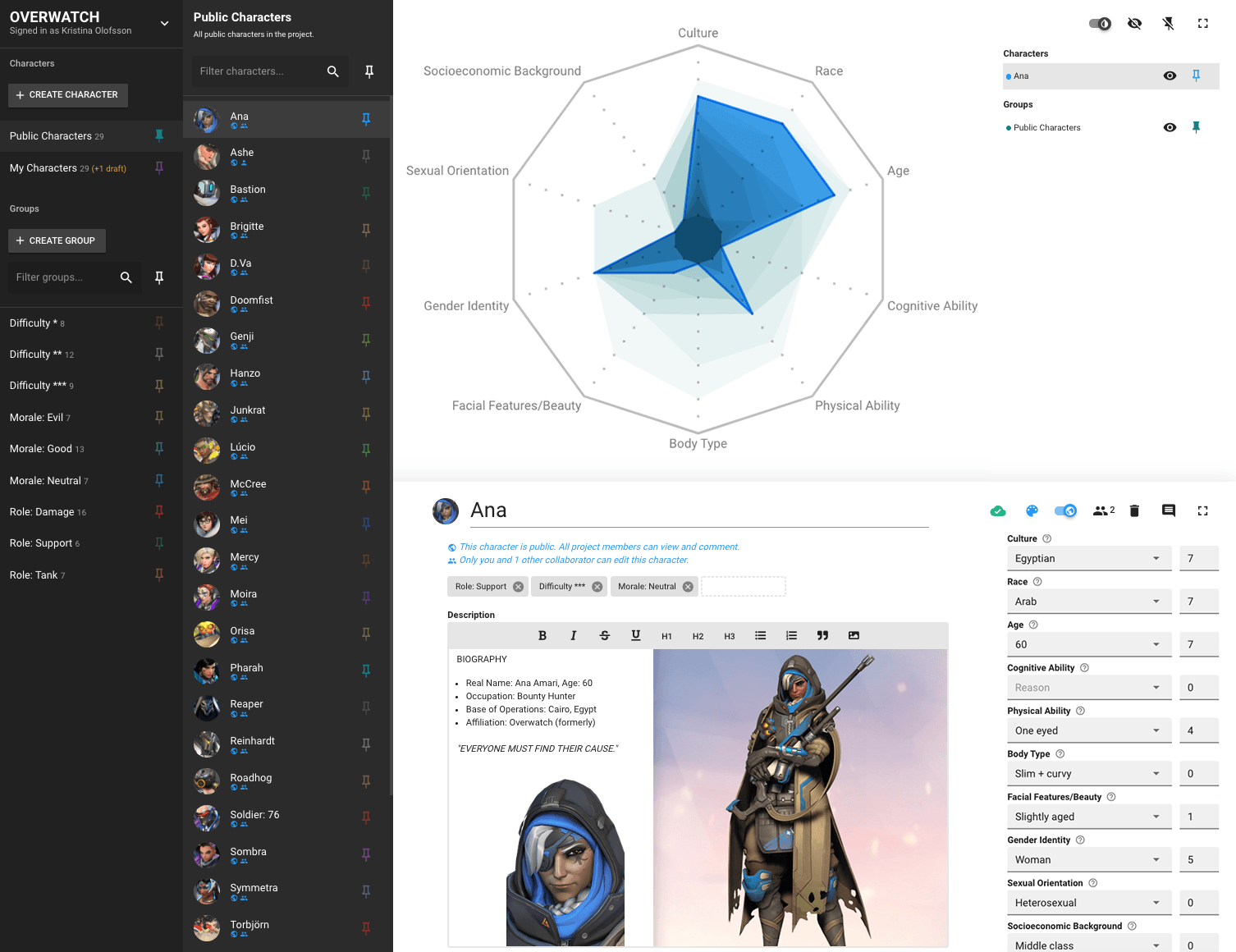In a recent blog post, Activision Blizzard has introduced what has been dubbed a ‘diversity measurement tool’, a program that is designed to avoid “tokenism, stereotypes, and exclusion” when creating new characters. In short, the tool is supposed to measure a character’s traits against what is the ‘norm’ for a video game protagonist, so that developers can be made aware of any unconscious biases they may have inadvertently included in their design. It was developed by Candy Crush developer King and MIT Hames lab, and a beta version of the tool was shared with teams in Activision Blizzard working on Call of Duty: Vanguard and Overwatch 2. Both teams are described as being enthusiastic about the new tool, and the company plans to test the tool across more Blizzard teams for feedback.
King’s Globalization Project Manager Jacqueline Chomatas has stated about the project, “The intention is to inspire game teams not just at King, but throughout the Activision Blizzard King network, to think outside the box and challenge pre-conceived notions around how characters should look and act. As a result, hopefully we will create more characters that break the mold, and better represent women, non-binaries and other under-represented minorities in the industry.”

Although the idea behind the program seems well-intentioned, it’s not hard to see some problems with this approach: it’s reducing the broad scope of ‘diversity’ to categories of stats on a scoreboard. Although the post does not share the finer points about how the program works, judging by the provided screenshot it’s pretty clear that certain traits like a character’s ethnicity, body type, and physical ability are given a score from 0 to 10.
It took the internet exactly 0 seconds to start expressing its scepticism using its favoured format: memes.
Activision-Blizzard-King determining if the new Overwatch 2 character is sufficiently diverse enough for people to stop yelling at them about their CEO's numerous sex crimes. pic.twitter.com/nDu5pRAVaW
— retro anime possum (@KaiserBeamz) May 13, 2022
That’s the tool being compared to phrenology, the pseudoscience from the 1800s that was practised by white racists who categorised other races as inferior based on the shape of their skulls. Although it’s a dramatic comparison, it correctly points out that categorising different minority traits is problematic for a number of reasons. What ethnicity is classified as a ‘1’ or a ‘4’ or a ’10’, and why? Isn’t treating certain traits as a 10 and others as 1 a little inherently suspect? And will this tool encourage actual diversification, or will it teach developers to simply make surface-level changes to their characters if the tool doesn’t score them highly enough?
Unconscious bias lives within every human, so combatting it is a noble goal. If this diversity program is just one tool in the box among other things such as diverse hiring, real-life research, listening to real demographics, and a genuine desire to create a diverse cast, then it may not be such a discouraging sign.
“Like anything, this is simply a tool that provides insights,” Jacqueline Chomatas has admitted. “It’s up to the teams that create the characters and games to apply them.”
Unfortunately, Activision Blizzard is not a company that the gaming community at large has much faith in. The company has been embattled by several lawsuits since 2021, alleging a sexist workplace environment and failing to deal with sexual harassers within the company. It has also apparently been employing union-busting efforts against its employees at Raven Software.





